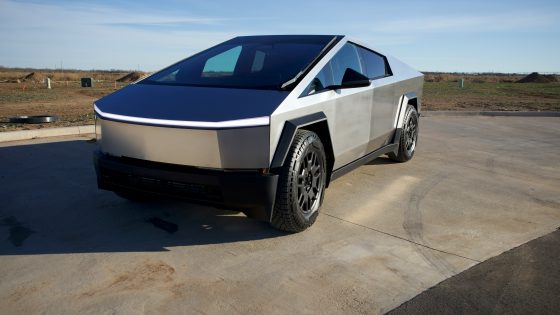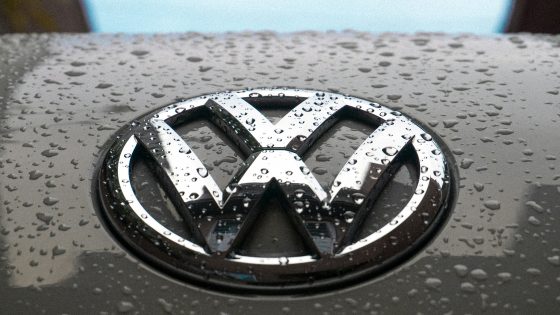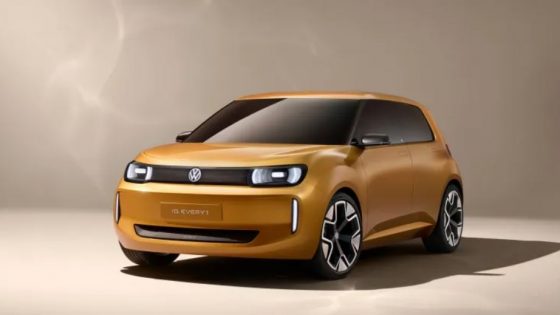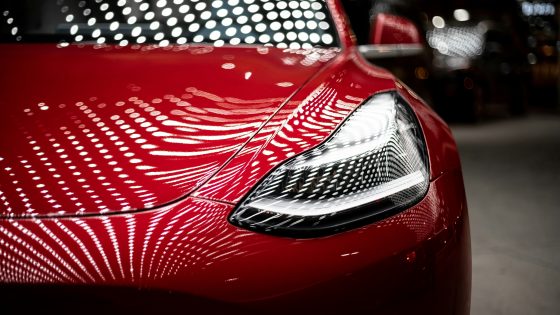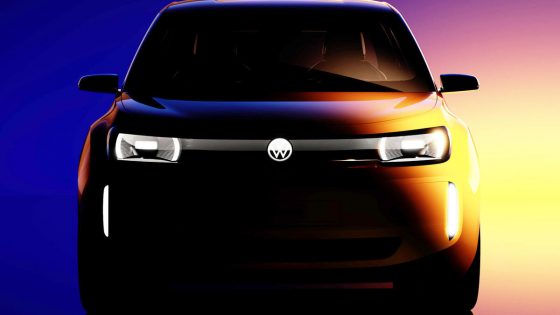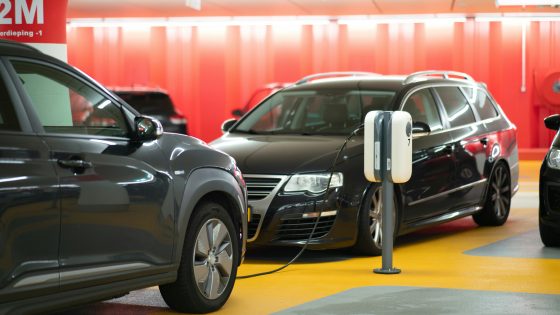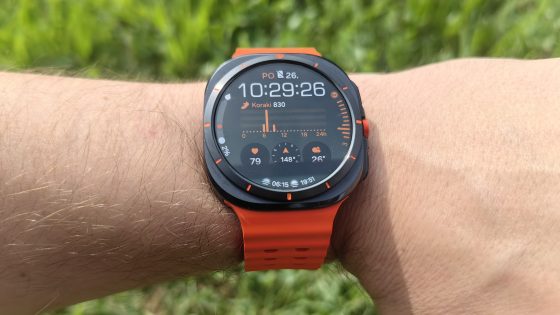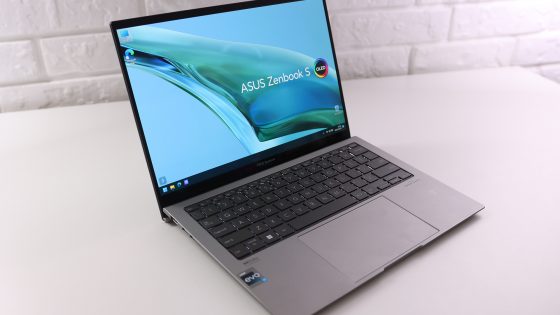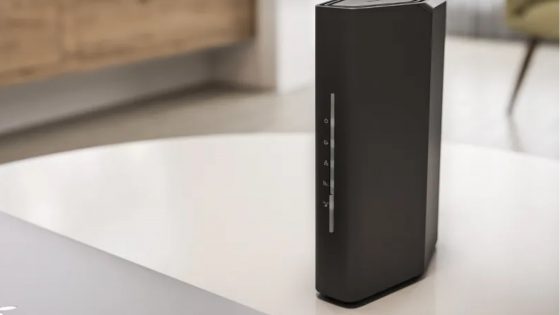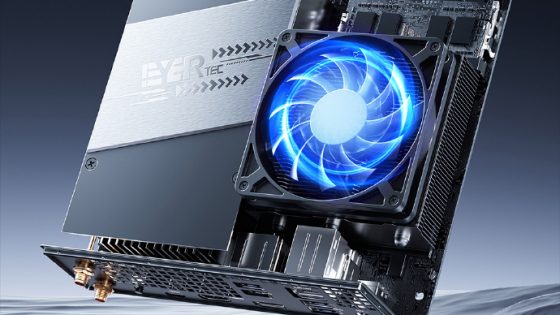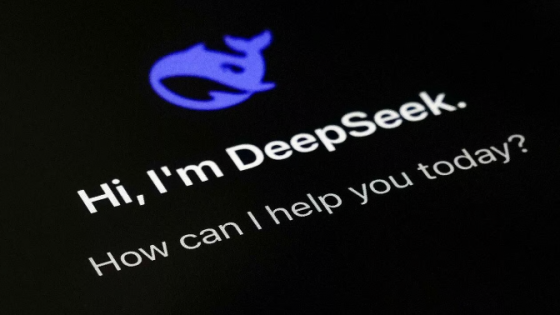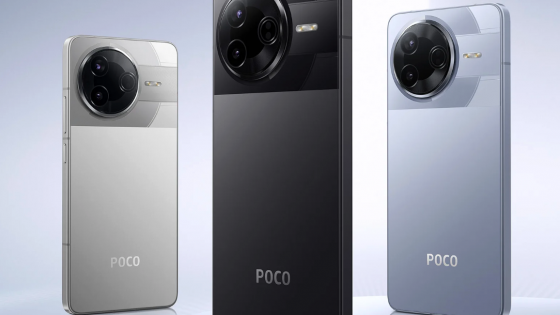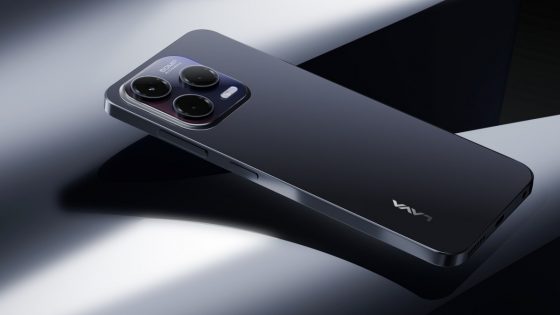Electric cars with the longest range
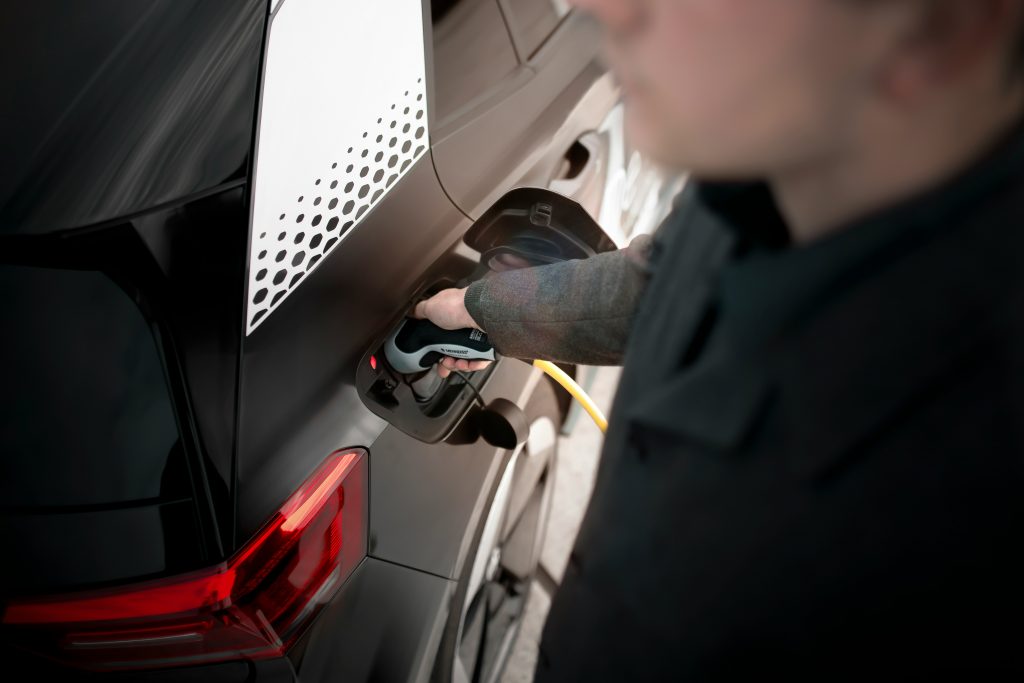
The Nissan leaf, introduced 15 years ago, is considered the first electric car to be mass-produced. The original car could travel just over 100 kilometers, and it took 8 hours to charge. The second generation, which started leaving the factories in 2017, already had a more decent range – 360 kilometers. In addition to the short range, the first electric cars also had to deal with a lack of charging stations and slow charging at home. Although not all challenges have been resolved even after a decade and a half of development, the infrastructure of charging stations, for example, is still insufficient, but today's electric cars are still completely unrecognizable compared to the pioneers.
There are more and more electric cars that can travel the same or similar distance on one "tank" as their gasoline counterparts. The Mercedes EQS, for example, can cover more than 700 kilometers before needing a rest. We have collected some electric cars that can boast of record mileage. The numbers are, of course, the manufacturer's range estimates, which are difficult to achieve in the real world, but we can approach it by driving carefully and being aware of other factors that affect the range of an e-car (temperature, load weight, battery health, driving style...) .
Lucid air dream edition - up to 883 km
More than €200,000, 799 or 883 kilometers of range, 828 kilowatts (1111 horsepower) or 696 kilowatts (933 horsepower)… these are numbers that many manufacturers can only dream of. Lucid air is available in two special dream edition versions, which can approach or even exceed the limit of 800 kilometers. It is currently only sold in Switzerland, Germany and the Netherlands.
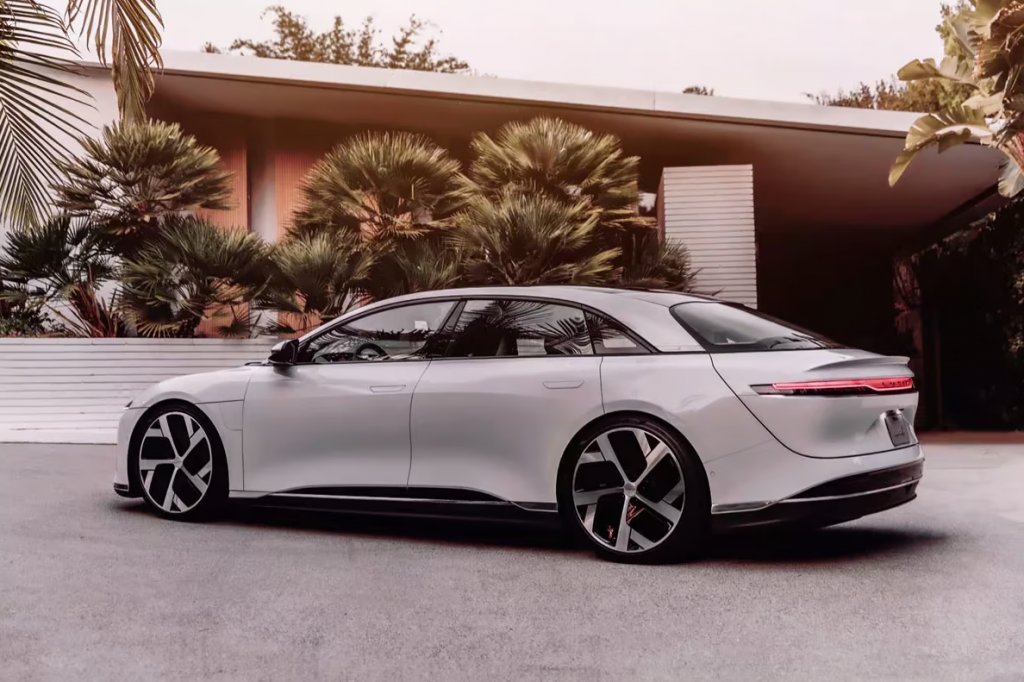
Mercedes-Benz EQS – 774 km
Although purebred followers of the German brand are not impressed by the design, the Mercedes-Benz EQS proves that functionality is more important than beauty. With a shape that is not to everyone's taste, they managed to achieve a drag coefficient of 0.2. This boring statistic is an aerodynamic measure that tells us how well the car travels through the surrounding air. The lower the number, the better it is for the car and consequently the range.
The "entry" version, the EQS 450+ AMG Line Premium, can travel 774 kilometers on a single charge, according to official statistics. Super impressive, even if the actual range is a little less. It's a shame that you have to spend more than €100,000 for the "entry-level" version "in stock".
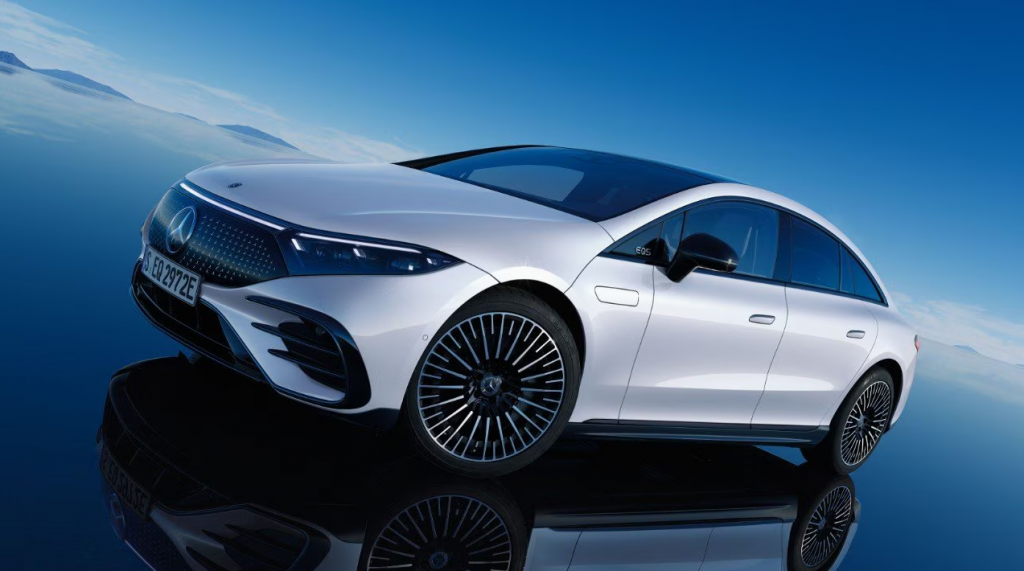
Volkswagen ID 7 – 700 km
The Volkswagen ID 7, or the electric Passat as it is known among enthusiasts, is the darling of the German giant, with which they showed the world what to expect from their electric cars in the future.
It has been fitted with a more efficient AP550 rear motor, which is largely credited for its excellent range. The advertised range of 700 km requires the largest Pro S battery, which can be charged with up to 200 kW. There is also the ID 7 Tourer van sedan with slightly less range but a lot more space. With the rear bench folded, it boasts a volume of 1,714 liters.
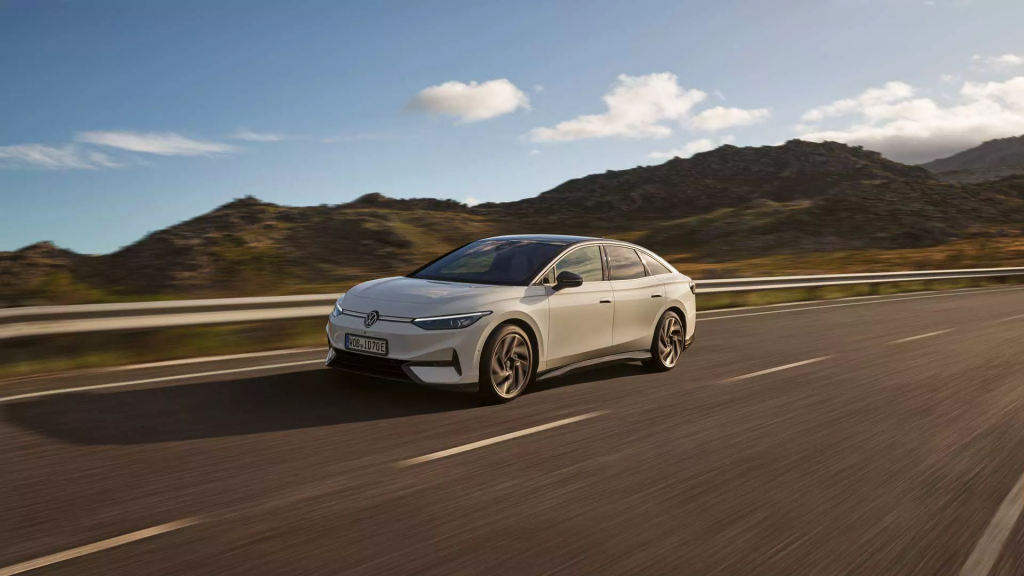
Peugeot e-3008 – 680 km
The Peugeot e-3008 was forced to undergo a metamorphosis. The French wanted to be able to immediately distinguish it from other models, so it had to become an SUV coupe. It is also the first car based on parent company Stellantis' new STLA Medium platform. As a reminder, Stellantis is a concern that was created in 2021 by the merger of Groupe PSA and Fiat Chrysler Automobiles. In addition to Peugeot, it also owns Alfa Romeo, Fiat, DS, Citroën, Lancia and many others.
The new platform (STLA Medium) focuses primarily on energy efficiency, which can be seen in the range of the Peugeot e-3008 with an average consumption of 7 kWh per 100 km. With the largest battery (98 kWh), which is not yet available in all markets, the final range is in the range of 680 km. Charging power (160 kW) is sufficient, but not the best in this class.
The starting price is slightly above €40,000.
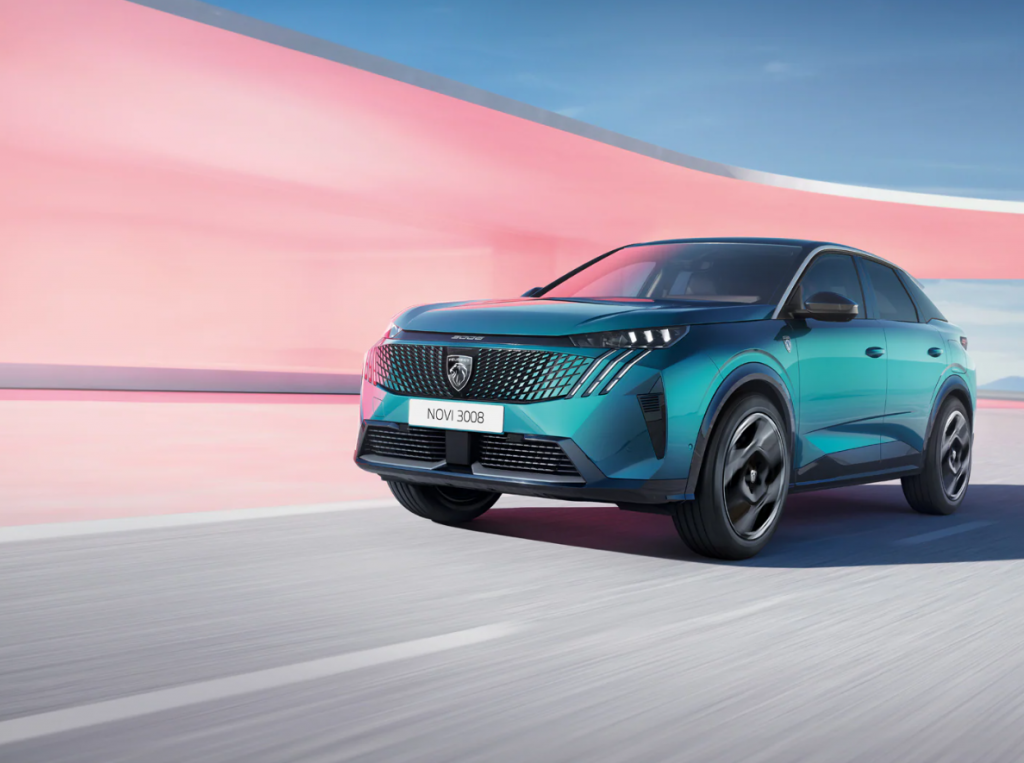
Porsche Taycan – 678 km
Another horse that you have to sell your soul and house for, but it will get you from Ljubljana to Prague on a single charge. That's 680 kilometers that you will travel in luxury and style.
This applies to the new Porsche Taycan, which received a new rear engine with more power, torque and greater efficiency. They've also reworked the battery, and the end result is excellent range, for which you should opt for the 105-kWh Performance Battery Plus.
The 1,093-horsepower, lighter-weight Taycan turbo GT could better that feat, according to Kevin Giek, vice president of Taycan line development.
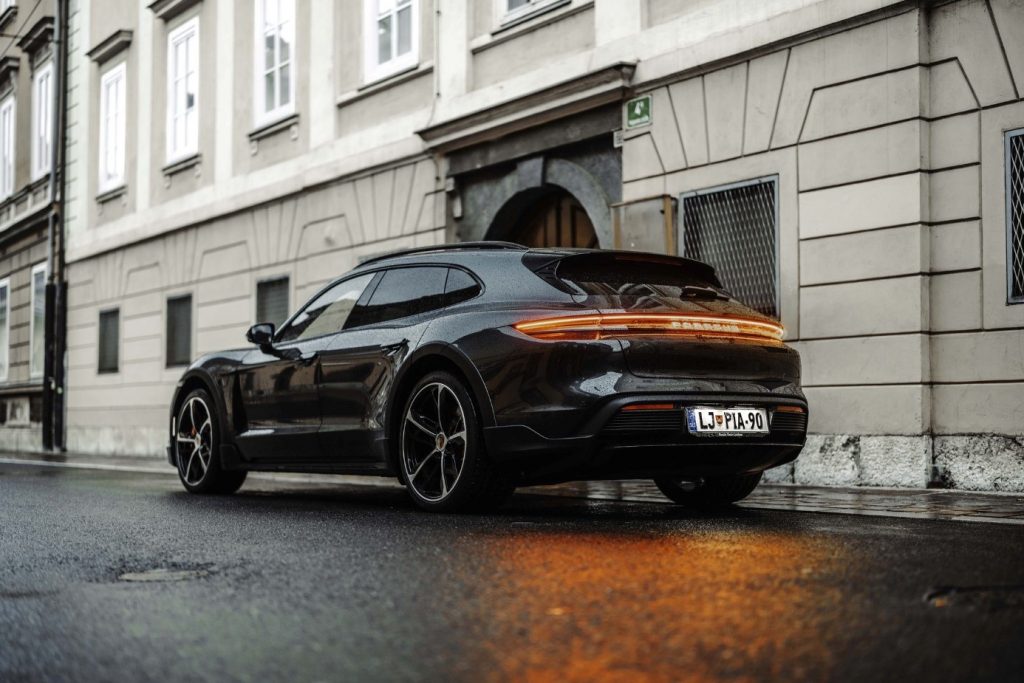
Peugeot e-5008 – 660 km
Another French car, but this time it travels more than 600 kilometers with seven passengers. Not many seven-seaters can boast such a range, but the Peugeot e-5008 did. There aren't many of them among e-vehicles in general, but manufacturers have recognized the opportunity presented by a larger platform. Larger batteries can be inserted into them, such as the powerful 98 kWh in the Peugeot e-5008.
The advertised range is 660 km, which is a very high number considering the weight, but even if it doesn't quite reach it, you'll forgive it for the luxury of space.
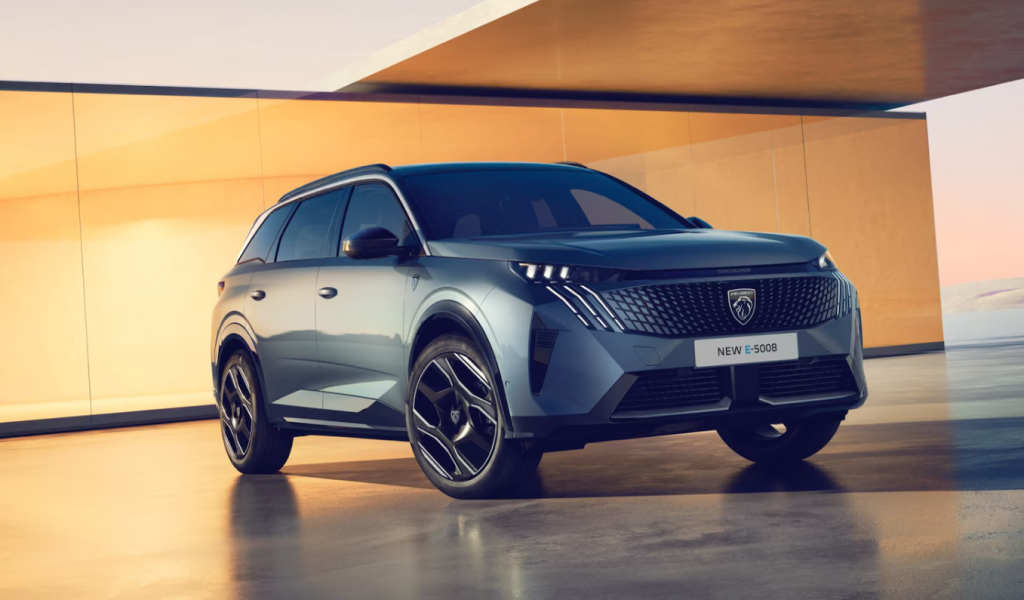
Polestar 2 – 630 km
The refresh of the polestar 2 model brought not only rear-wheel drive, but also an additional 4 kWh in battery capacity, which means that this car will also get you from Ljubljana to Prague with economical driving and under ideal conditions. They also improved the charging power from 150 kW to 205 kW.
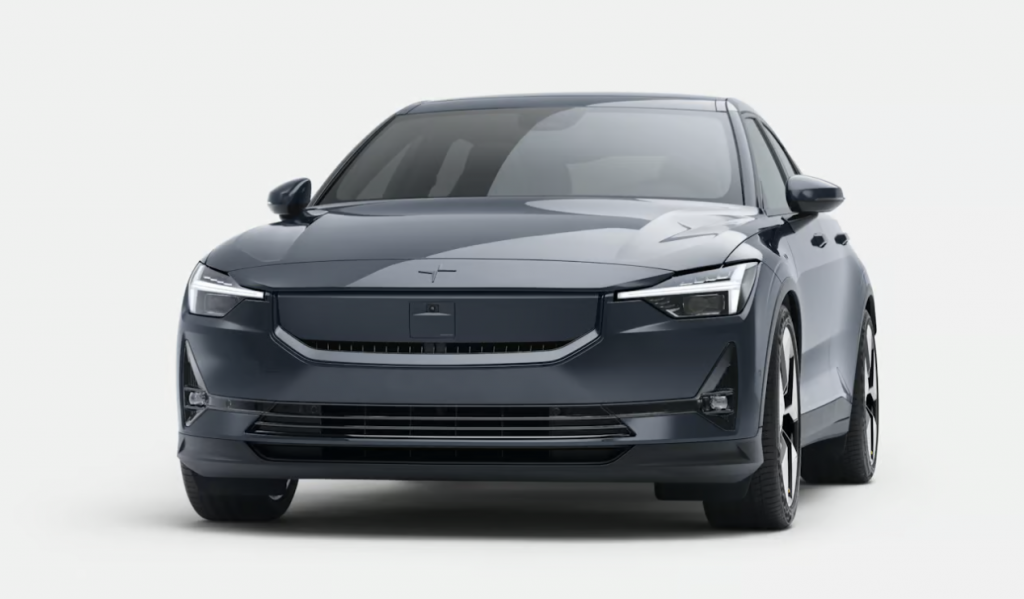
Tesla Model S - 630 km
For many, a pioneer and an e-car that marked the electrification of transport. With refreshes and updates, the Tesla Model S was still able to keep up with the competition all the time. The magic number 100 km/h appears on the counter in three seconds and one hundredth. Lightning-fast acceleration, which apparently does not affect the range, which is sufficient for 630 km. This applies to the version with a double engine, the version with a triple engine loses a few tens of kilometers of range, which is not so critical - in exchange for a smaller range, it accelerates to 100 km/h in two seconds. But you will need a good €100,000 for it.
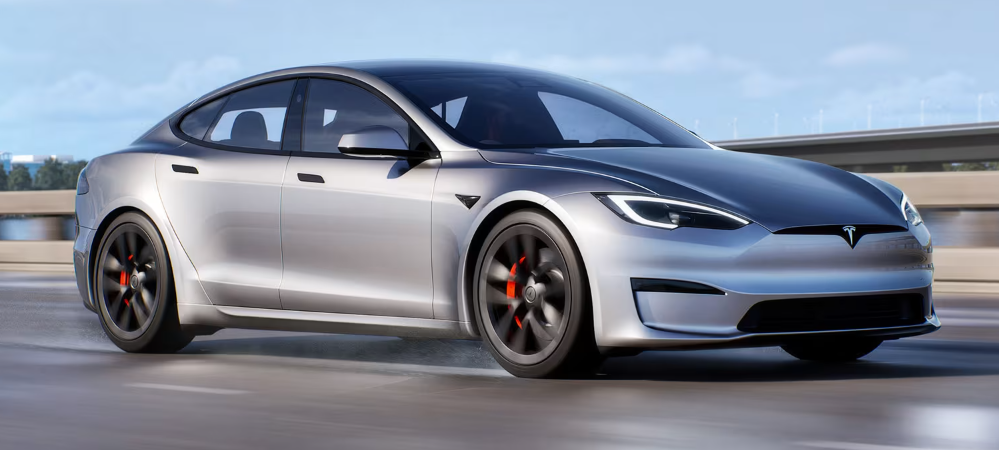
Polestar 3 – 630 km
Good basic equipment, comfortable, fast and responsive, spacious and charming... that's how many describe the Polestar 3 electric SUV. It's not lightning fast like a Tesla, but it doesn't need to be, because it doesn't want to be a sports car. Its priorities are comfort and a relaxing drive, and that's all 630 kilometers that the battery has on a single charge.
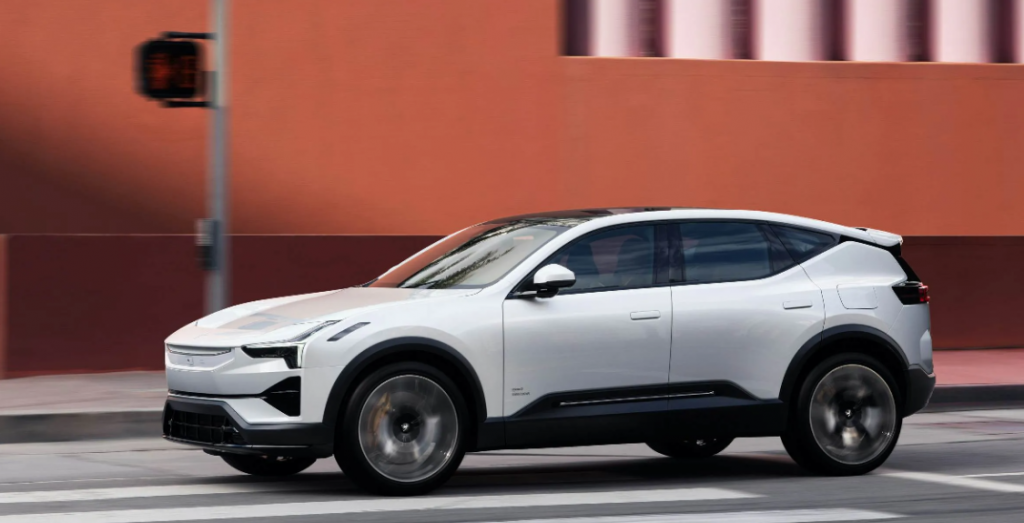
Mercedes-benz EQS SUV – 630 km
A huge battery (118 kWh) for a huge car. The Mercedes-Benz EQS SUV is so big that it needs a rear-wheel steering system if it wants to turn normally in tighter parking lots and streets. It should reach more than 600 kilometers, and it also charges very quickly (200 kW).
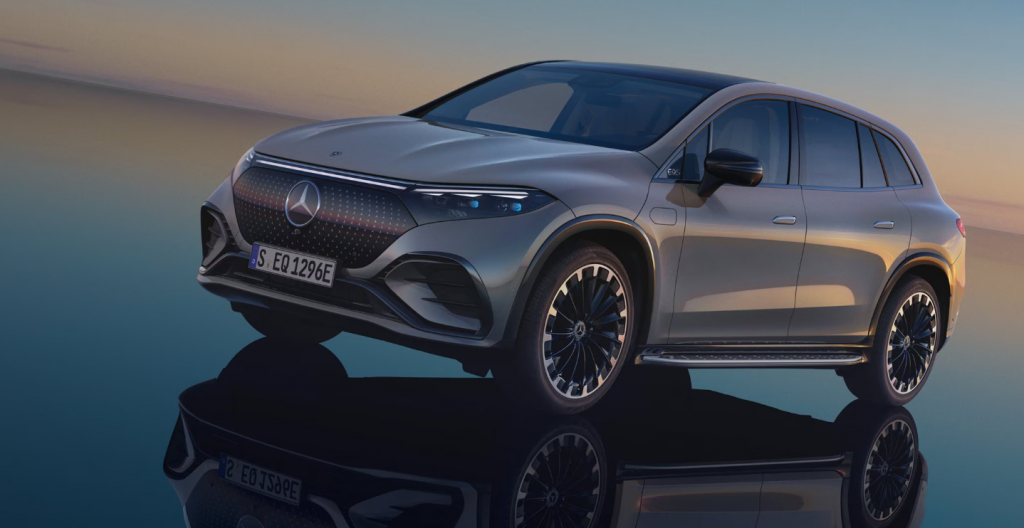
Chevrolet silverado EV – 630 km
The American muscle car uses a lot of energy, and it's good that it is supplied by a battery with a capacity of 205 kWh. It also charges very quickly (up to 200 kW), but due to the size of the battery, it still takes about an hour to charge.
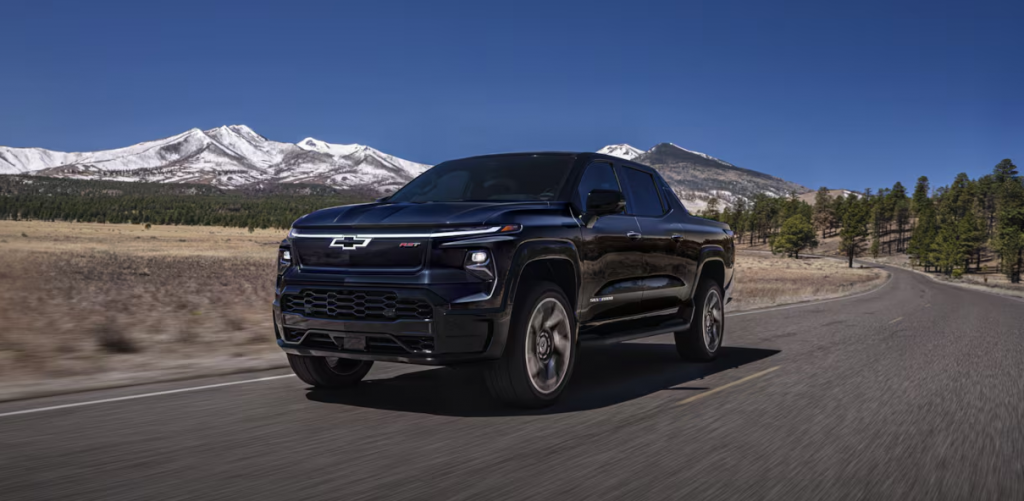
Tesla Model 3 – 630 km
Considering the "moderate" price (around 50,000), the range of over 600 km is all the more impressive. Even if you choose the basic version for around €40,000, you will be able to travel more than 500 kilometers on a single charge. It's not a perfect car, the interior is pretty boring and the missing buttons are a design misstep for many. It is a great car for everyday trips, and the range offers the possibility to go on longer routes.
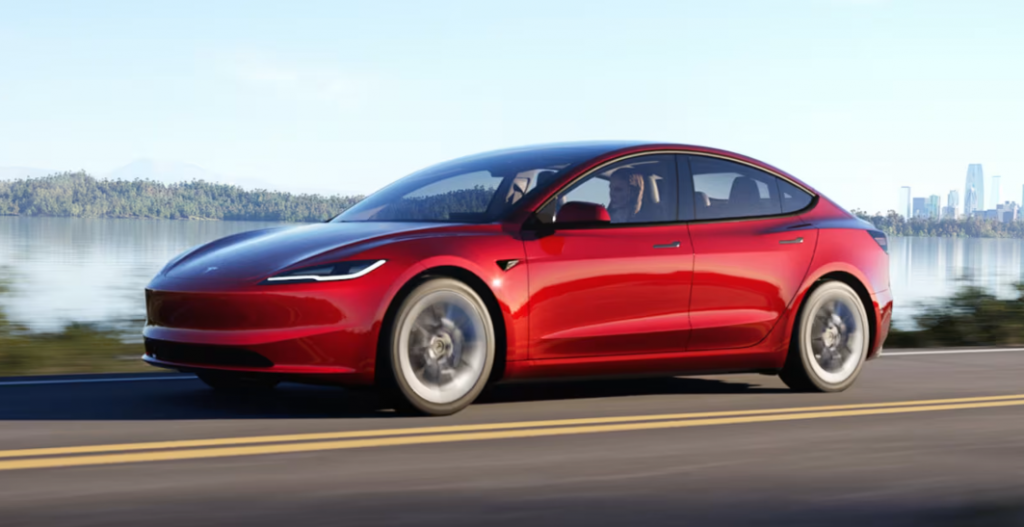
More long-distance electric horses:
- Ford mustang mach-e premium: up to 590 km (depending on the model)
- Hyundai ioniq 6: 480 km
- BMW i7: 500 km
- BMW iX: 460 km



